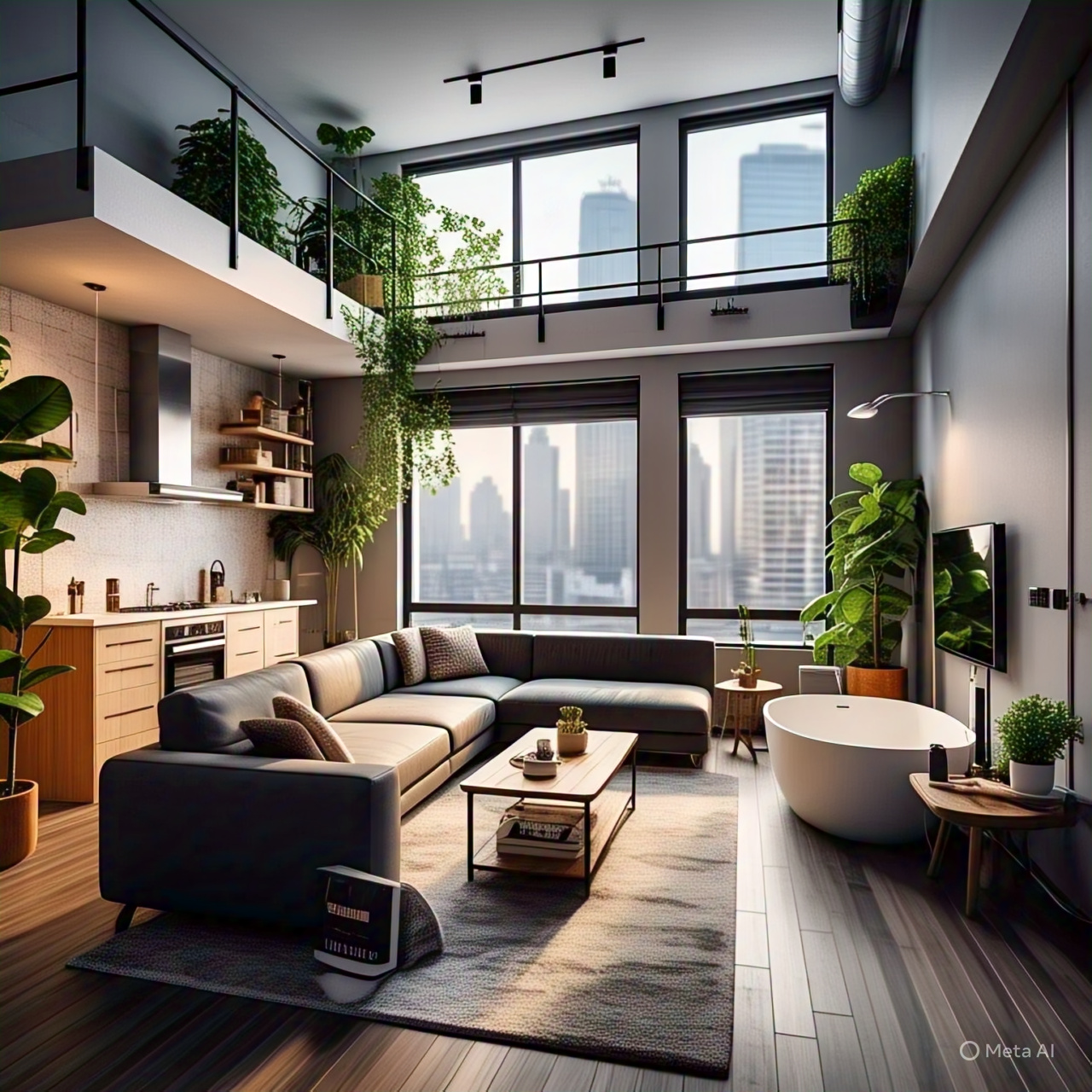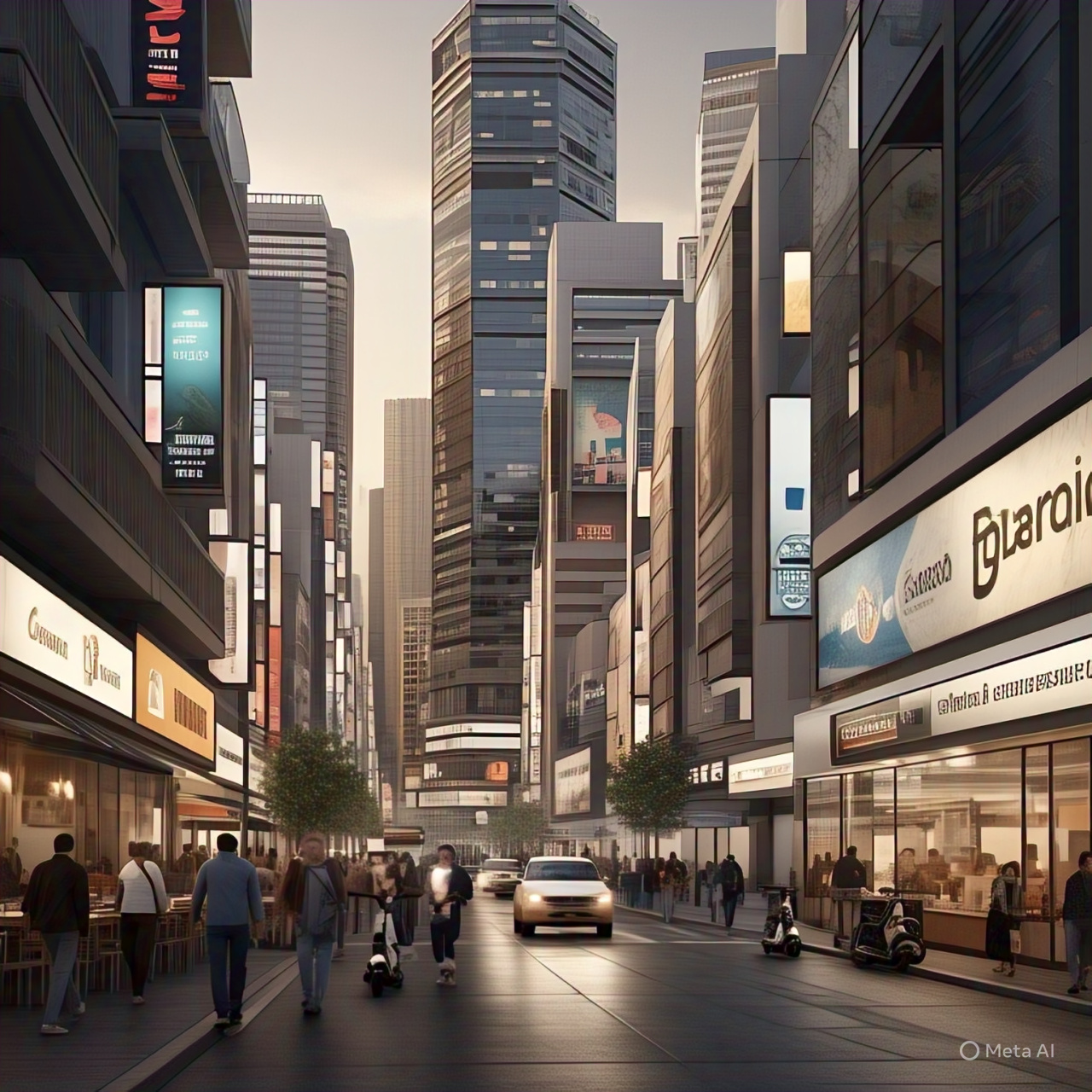Dive into the lifestyle of city life with an in-depth examination of urban living. Explore the fast-paced routines, cultural diversity, and unique challenges shaping city dwellers’ everyday experiences. Living in a city is like being a magnet for opportunity, diversity, and rapid change. City dwellers’ way of life is shaped by a number of factors, including the rapidity of daily routines, ethnic diversity, and modern conveniences. The essay delves into the many facets of city life, highlighting both the pros and cons.
🔍 What Makes City Living Unique?
-
Quick patterns: City life often requires tight scheduling and snap decisions.
-
High energy: Always on the go, loud, and bustling with activity.
-
Diversity in population: People from all over the world flock to cities, fostering a more diversified society.
-
Modern cityscape: Tall skyscrapers, wide freeways, and technology integration.
-
Convenience: Everything is easily available from food to apparel within a few clicks or blocks.
🏢 Urban Housing and Living Spaces
-
Apartments and condos dominate: Most people in cities live in multi-story buildings.
-
Compact living quarters: Emphasize the premium on space.
-
Rising rents: A result of the increased housing demand.
-
Smart houses: Modern homes with climate control, lighting, and safety automation.
-
Co-living spaces: Gaining popularity among students and young professionals.
🚇 Regular Access and Ease
-
24/7 services: Grocery stores, pharmacies, and gyms operate year-round.
-
Thriving restaurant scene: Supports a fast-paced lifestyle with takeout and food delivery.
-
Public services: Hospitals, police, and emergency services are always accessible.
-
On-demand convenience: Services like laundry and cosmetic procedures delivered to your door.
-
Public transport: Taxis, buses, trains, and subways are common.
-
Traffic congestion: A persistent issue in major cities.
-
Eco-friendly transit: Electric scooters and bikes are gaining traction.
-
Rideshare options: Zipcar, Lyft, Uber provide alternatives to car ownership.
-
Walkable neighborhoods: Encourage a pedestrian lifestyle.
🧑💼 Urban Work Culture
-
Tech hubs: Cities host startups and large enterprises alike.
-
Longer working hours: Driven by high competition.
-
Flexible workspaces: Remote options available at coworking spots like WeWork.
-
Networking events: Provide job opportunities across various sectors.
-
Career fast-tracks: More visibility and resources lead to rapid advancement.
🎓 Educational and Learning
-
Renowned institutions: Cities house excellent schools and universities.
-
Skill centers and extracurriculars: Offer art, music, dance, and more.
-
Boom in online schooling: Enabled by fast internet and modern tech.
-
Cultural exposure: Museums, libraries, and galleries aid holistic development.
-
Multilingual instruction: Urban schools offer classes in diverse languages.
🏥 Healthcare and Medical Institutions
-
Modern hospitals: Staffed with professionals and top-notch equipment.
-
Local experts: Access to dentists, dermatologists, and more.
-
Mental health focus: Increased availability of therapy and wellness centers.
-
Fitness centers: Help health-conscious individuals stay active.
-
Emergency aid: Trauma centers and ambulances available 24/7.
🍴 Scene for Eating and Consuming
-
Diverse cuisine: From Italian to Indian to fusion food.
-
All price ranges: Street food to upscale dining.
-
Health-focused menus: Organic, vegan, and keto options rising.
-
Trendy hangouts: Coffee shops and brunch spots thrive.
-
Food trucks & pop-ups: Creative and budget-friendly choices.
🛍️ Shopping and Fashion
-
Global brands: Found in city malls and boutiques.
-
Street shopping: Affordable, stylish apparel.
-
Seasonal deals: Big discounts during holidays.
-
Sustainable fashion: Growing demand for eco-friendly and secondhand products.
-
E-commerce boom: Wide product selection and fast delivery.
🎭 Entertainment, Culture, and Arts
-
Cinema and theater: Weekly shows and live performances.
-
Cultural landmarks: Museums and galleries within easy reach.
-
Nightlife: Live music, DJs, rooftop bars offer constant excitement.
-
Festivals: Cities host global events like Pride and Diwali.
-
Celebrity visits: Frequent stopovers by famous personalities.
💆♀️ Personal Health, Fitness, and Wellbeing
-
Wellness spaces: Yoga studios and spas available.
-
Organic markets: Clean eating and natural remedies.
-
Personal trainers: Tailored workout plans.
-
Life coaching and therapy: Growing awareness and demand.
-
Green escapes: Parks and open areas offer serenity.
🌳 Parks, Gardens, and Natural Areas
-
Famous urban parks: Central Park in NYC, Hyde Park in London.
-
Rooftop gardens: Found in many apartments.
-
Weekend retreats: Trips to countryside, beaches, or mountains.
-
Community gardens: Promote urban farming and bonding.
-
Eco-design: Trend toward sustainable architecture.
🐾 A Lifestyle That Is Pet-Friendly
-
Pet cafés & salons: Equal pampering for pets.
-
Dog parks: Dedicated areas for pets.
-
Adoption campaigns: Run by city shelters.
-
Pet-friendly rentals: Available for animal lovers.
👨👩👧👦 City Family Life
-
Family-centric malls: Include kid-friendly food courts and play areas.
-
Weekend entertainment: Zoos, aquariums, and museums.
-
Home security: Includes surveillance and neighborhood monitoring.
-
Community events: Book fairs, Halloween parades, summer camps.

🏘️ Lifestyle in the City vs. the Suburbs
-
City benefits: Diversity, accessibility, networking, and careers.
-
City drawbacks: Limited space, pollution, high costs.
-
Suburban perks: More space, quiet, proximity to nature.
-
Hybrid zones: Urban townships blend both Lifestyle of City.
🤖 Technology’s Role in City Living
-
Smart cities: Use AI for transport, waste, and security.
-
Mobile apps: Control everything from dog walking to food delivery.
-
Remote work boom: Home-based employment on the rise.
-
High-speed internet: 5G and fiber connections are standard.
-
Virtual events: Attend concerts, meetings, and museums from home.
🌱 Sustainable City Living
-
Recycling programs: Promote waste segregation.
-
Green transit: Electric buses, metro, bike lanes.
-
Eco-friendly buildings: LEED-certified homes and businesses.
-
Plastic bans & education: Encourage sustainable habits.
-
Urban agriculture: Gardening on balconies and rooftops.
🔒 Protection and Security
-
Public surveillance: Increases safety.
-
Visible police presence: Emergency squads and patrols.
-
Digital alerts: Apps notify residents of incidents.
-
Secure housing: Intercoms and gated communities.
-
Women’s safety: Panic buttons, escorts, safe zones.
🧠 Mental Health and Psychological Benefits
-
City perks: Access to therapists, personal development, new experiences.
-
Challenges: Constant motion, loneliness, exhaustion.
-
Solutions: Nature time, social bonds, less screen use.
-
Awareness programs: Promote mindful living.
✅ Helpful Hints for Living in Peace in the City
-
Time management: Crucial for balance.
-
Explore locally: Visit parks, cafes, galleries.
-
Stay social: Join events and communities.
-
Live minimally: Focus on meaningful pursuits.
-
Recharge often: Take weekend breaks.
📅 A Week in Urban Exploration
-
Weekdays: Work, gym, fast food, late nights.
-
Saturday: Socializing, shopping, family time.
-
Sunday: Relaxation, light entertainment, nature visits.
-
Nightlife: Buzzes all week, no dull moment.
